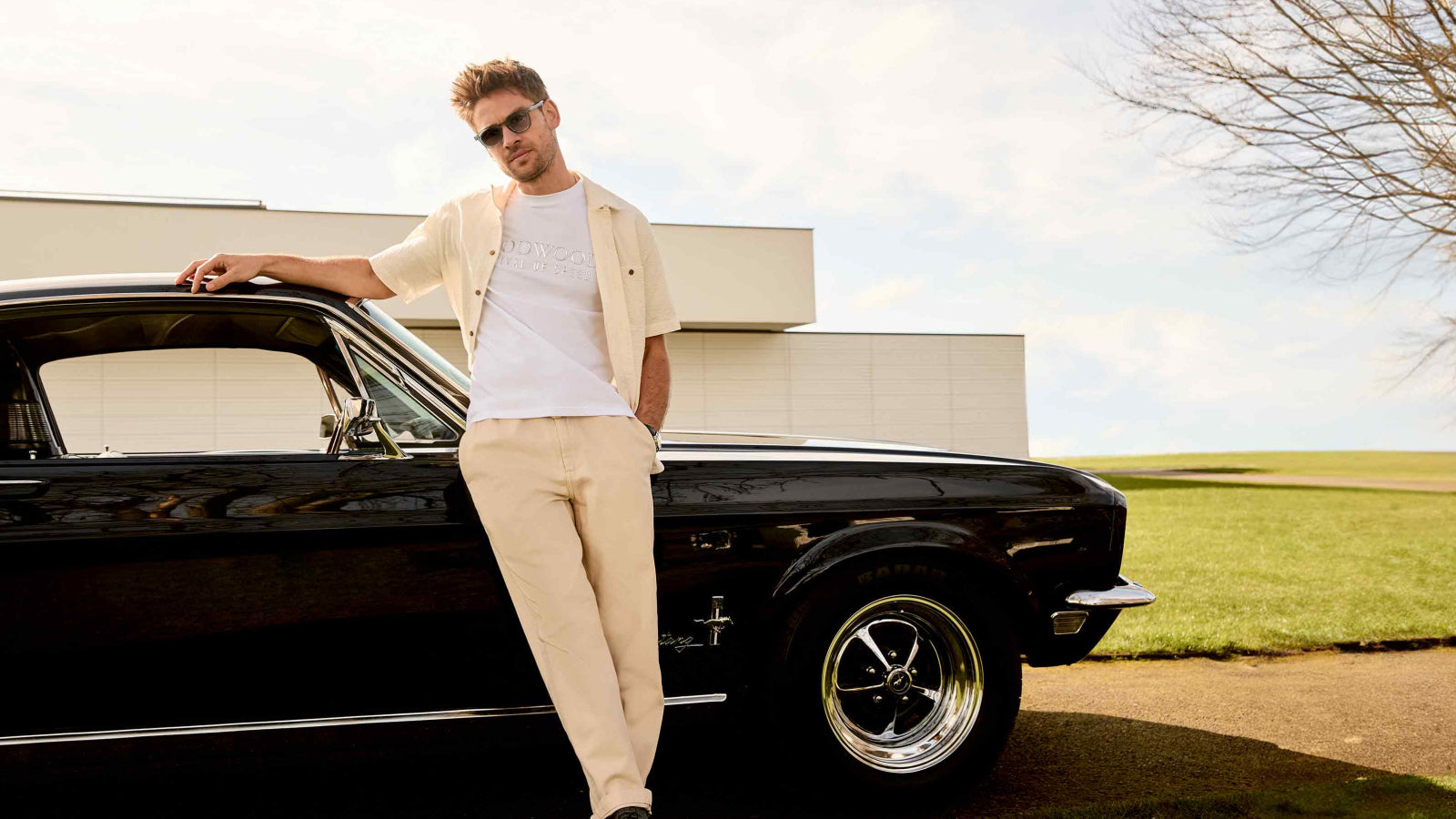"I can never see myself in an automous car' says Enzo designer Lorenzo Ramaciotti
 Erin Baker
Erin Baker
“I don’t see myself in an autonomous vehicle”, says Lorenzo Ramaciotti, wryly. We are having lunch in Goodwood House on the Sunday of the Revival, where he has arrived with Maserati. My discussion with the godfather of Italian car design is punctured by the thrum of a Lancaster bomber overhead in the clear blue sky. All in all, it is a blissful afternoon and I allow a small sigh of contentment to escape across the table.
“It can be a form of transportation from point A to point B”, Ramaciotti continues, “ but it’s also the highest household cost. It’s a purchase that always includes an emotional side, and it’s difficult to foresee the behaviour of the customer.”
It’s reassuring to hear Ramaciotti frame the growth of electrification and autonomous driving within the context of his career – 32 years at Pininfarina, latterly as the boss, and then shortly before his recent retirement, as Head of Global Design for Fiat Chrysler Automobiles, where he continues in an advisory capacity. In his 43 years in automotive design, Ramaciotti has led the development of more than 60 cars, be they in production or concept form.
“I think this [automous driving] is the latest in a long line of changes,” he says. “You can see at the end of the Sixties they were forecasting a future where the wheels were disappearing: cars looked like space shuttles, and almost none of that is here. You can only extrapolate what you know. We are going round in cars that look like the Sixties ones, but inside we have connections that have changed our lives.
“When I started, in 1972, there was a big oil crisis and the forecasters said by the year 2000 we’d run out of oil, but today we don’t know when the oil will be finished”, he says with a shrug. Everything this man says, I find strangely reassuring.
Still, we are here in the midst of the Forties, Fifties and Sixties at the Revival, so back to that heyday of beautiful, timeless, elegant designs, so many of which emanated from the coach builders and manufacturers in Italy. How come?
“It’s my favourite time of cars – I was a boy, they are the cars I would have liked to have had and couldn’t have. It was a time of desire and achievement. The Fifties in Italy was a time of great changes: economic boom, the arrival of mass-produced vehicles, motorisation of the country. This was the backbone of the approach. The viability of the coach-building capacity [was strong]; you could still produce speciality vehicles alongside mass-produced vehicles.”
And how come the Italians built most of the good stuff, I wonder? Can one even define Italian design as an aesthetic movement?
“Design is very strictly related to the culture of a country,” says Ramaciotti, shifting deliciously forwards in his seat as he warms to his theme. “German design is very closely related to Bauhaus – there’s an underling rational form, the shape is more rational than passionate. French design is too flamboyant. Italian designers put together the practicality of the design but on the other hand Italian designers never stop trying to make something with some poetry in it. That’s something natural; not the result of a rational process.”
But now, this master of classic shapes and curves finds himself the designer of Maserati’s first SUV, the Levante. How does he feel about that? An SUV doesn’t seem to leave much room for poetry.
“We’ve seen SUVs that are high on the ground with big wheels that try to catch the favour of the customer by suggesting extreme performance. The SUV has become a hat under which one can put a lot of different cars. Levante is more of the sport/emotional side of these vehicles.”
Which vehicles is he proudest of? Such an obvious question, that’s been asked so many times, and yet you have to when the man before you is responsible for some of the biggest players on the automotive stage, ever. Maserati Birdcage, Ferrari Enzo, or 456, Peugeot 406 Coupe or Alfa 4C Concept?
“I remember in 1989 the Ferrari concept Mythos, based on the Testarossa mechanical layout. When you do a concept, you are free from customers. It was the first outing of my tenure [at Pininfarina]. I was much more assured after it came out; it was an important moment in my career. And then Alfieri [yet to be shown] was important because it was the last concept of my career. I tried to put the cornerstones of the future in that car. It was one of the most intense moments of my career.”
And who did he feel the heat from during his time at Pininfarina? Bertone? “At the time, the competitor was more Giugiaro - very strong and more fashionable than Bertone. The few times, we got the project over their proposal it felt like winning the world Cup final over Maradona and Argentina.”
I must say, I’ve had pretty much the same experience, talking to Ramaciotti at Goodwood. There are few true legends left in the wonderful, beautiful, classical world of cars, and I include drivers as well as designers here, but Lorenzo Ramaciotti is surely one of them.
Images courtesy of Maserati.
Maserati
lorenzo ramaciotti
Revival
Revival 2016
2016











